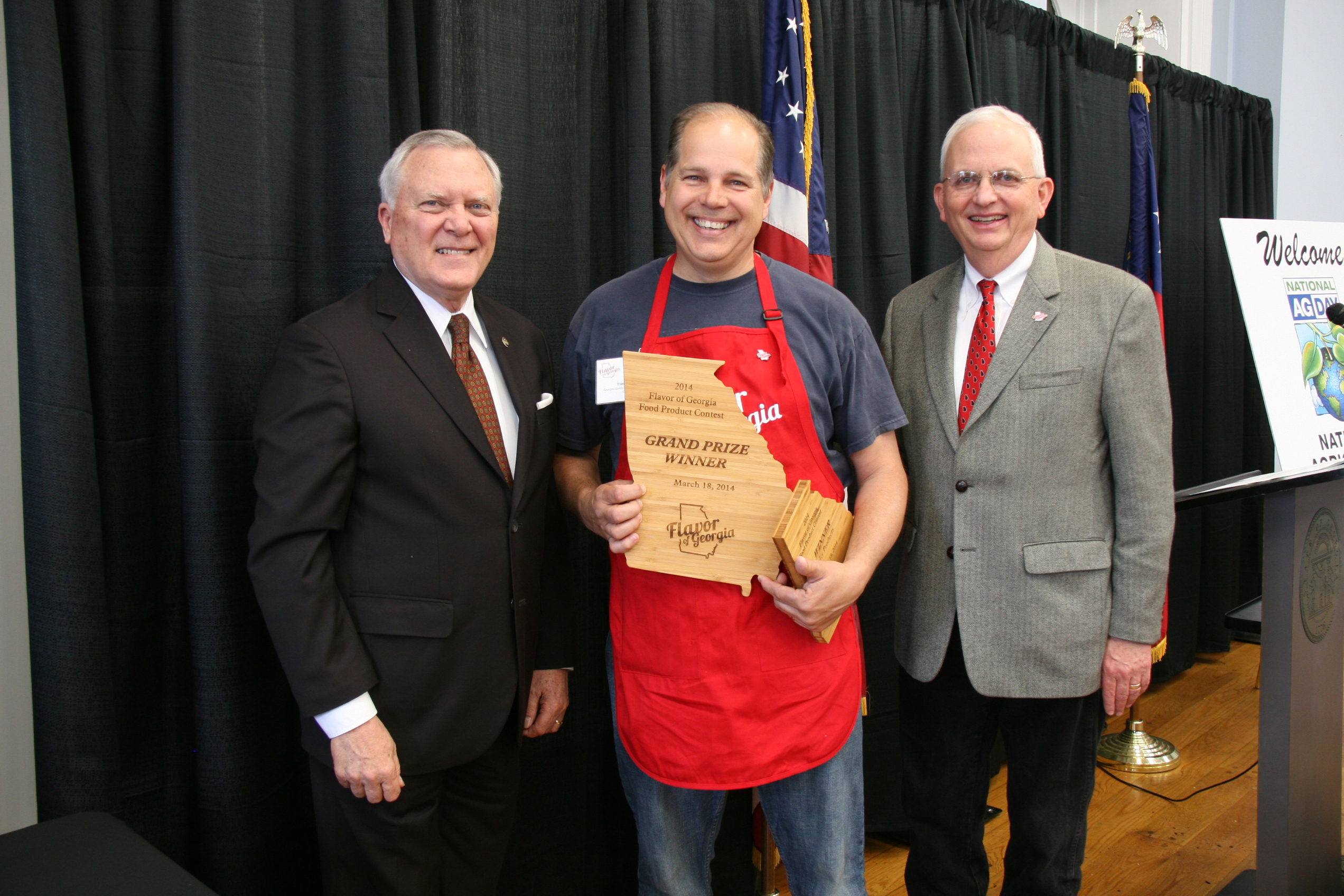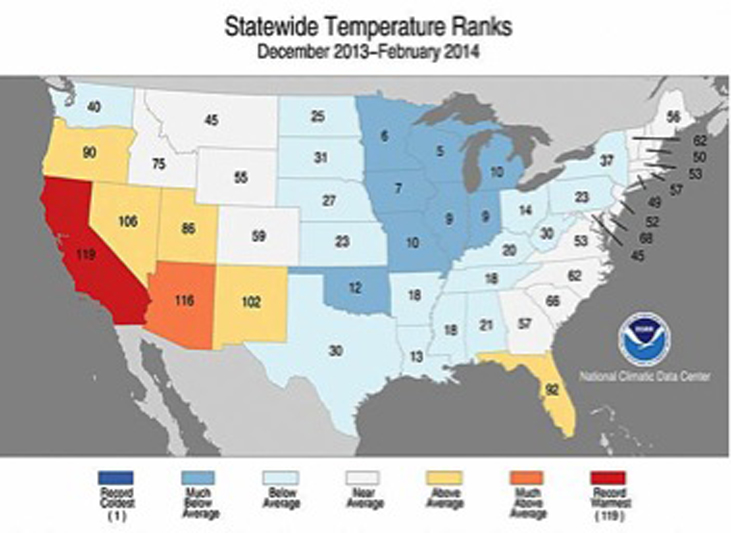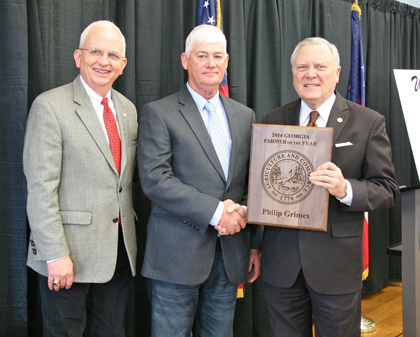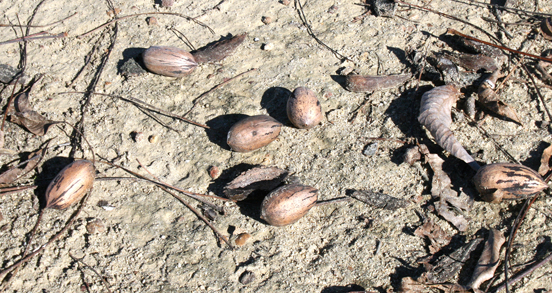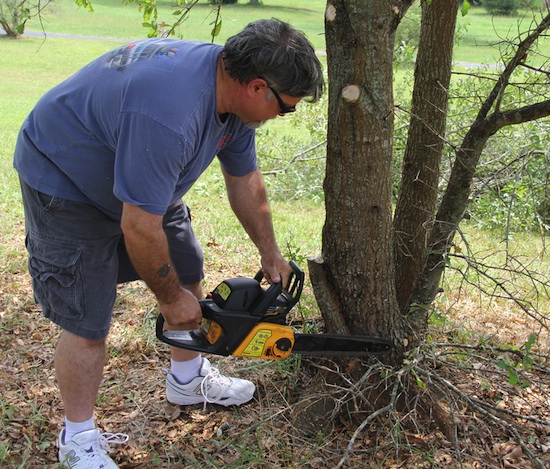 CAES News
CAES News
Small engine maintenance and repair workshop set at UGA Griffin
Is anything more frustrating than finding time to mow your lawn only to discover your lawn mower won’t start? Keeping a chainsaw running is a chore, too. A University of Georgia class, set for April 11, will teach the basic skills needed to maintain small garden and landscape tools and save money in the process.





